AWS Professional Services scales by improving performance and democratizing data with Amazon QuickSight
AWS Big Data
JUNE 14, 2023
Enabling teams to build their own analyses at scale The Insights team builds dashboards and supports thousands of internal consultants and hundreds of analysts and engineers across the globe who drive local products and insights. Last year, this team also reported over 29,600 distinct views on their 19 dashboards.

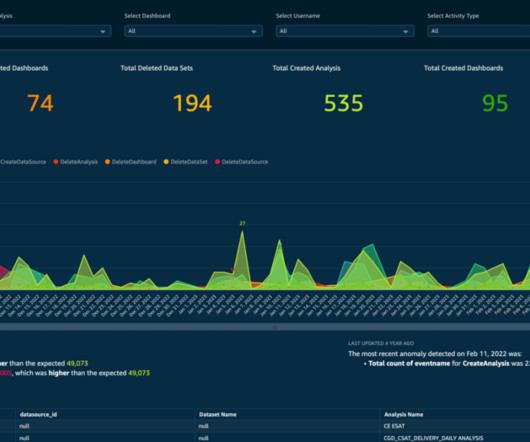
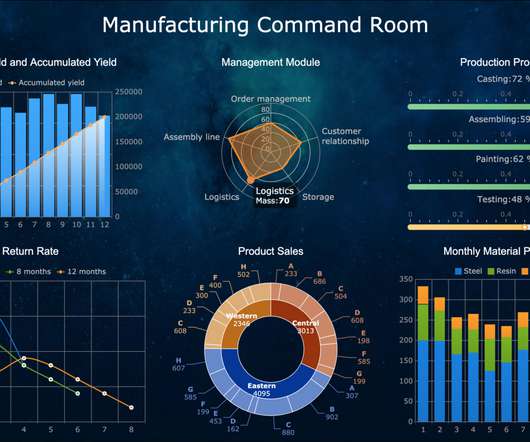
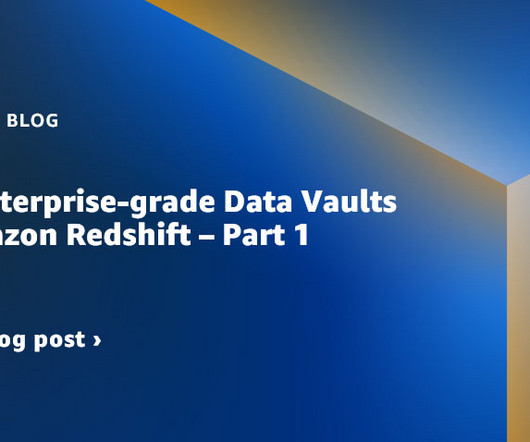
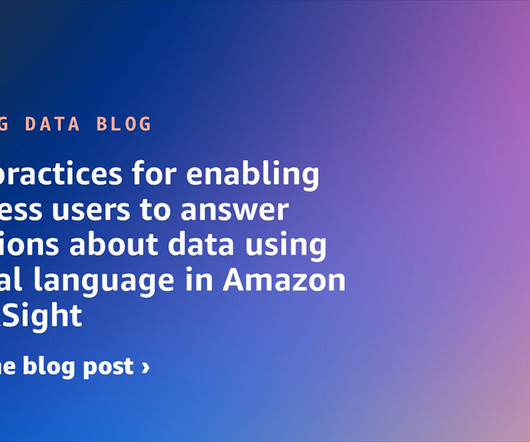

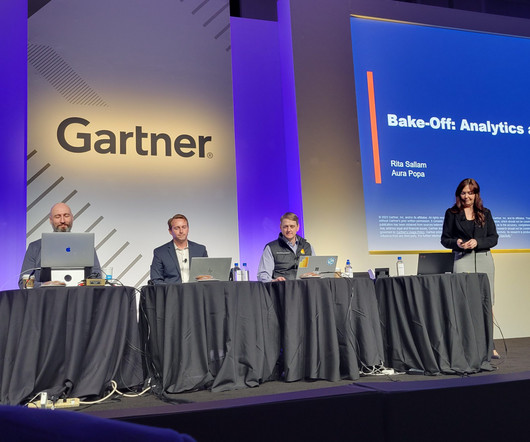








Let's personalize your content